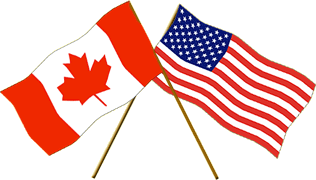It's a small study with 6 pwMS in a treatment group and 6 in a control group. Looking at functional changes after venoplasty.
Here is their plan to get around the ethical challenges of having a sham group:
Can CCSVI venoplasty be expected to have an effect on 'motor unit firing behavior while contracting at a submaximal target force'?A common concern raised is the ability to prevent any possible placebo effect and like any other clinical trial should offer a sham procedure to a matched control group. The difficulty with this option are the ethical issues associated with an invasive sham treatment and also the practical issues of masking a potentially painful treatment such as venoplasty. Another option is to use dependent measures that are unaffected by motivational or psychological influences which avoids any placebo effect issue. One such dependent measure is motor unit firing behaviour whilst contracting at a submaximal target force. Typically clinicians have used this to manage motor disorder patients but have used cumbersome invasive technology that can only measure a few motor units with limited accuracy. However, De Luca et al recently developed a high density surface electromyographic (HDsEMG) system that can measure 30-40 motor units with 92-97% accuracy. From this it has been proposed as a highly effective tool for evaluating efficacy of therapeutic interventions for upper motoneuron disorders such as MS.
It's listed again in the methods:
They've also got nonambulatory as the only exclusion criteria.Methods
•
Four (first two to establish baseline variability of measures) repeat visits to the laboratory at University of Stirling to establish neuromuscular measures:
1.HDsEMG pre and post tetanic induced fatigue
2.Muscle fibre conduction velocity as previously described (Hunter et al., 2011)
3.Ultrasound for CCSVI determination on visits 1 and 3
4.DEXA scans for alterations in body composition on visits 2 and 4
•With the use of accelerometers monitor free living activity on days 0-7 and 9-42 (post venoplasty).
Not sure what to think. I am not familiar with the measurement tool for muscle fibre conduction velocity. Does that measure a CCSVI symptom or an MS symptom? If only six patients are undergoing treatment, what are the odds that they'll get super-responders like Tilt, and what are the odds that they'll get nonresponders? It's a small sample size.
